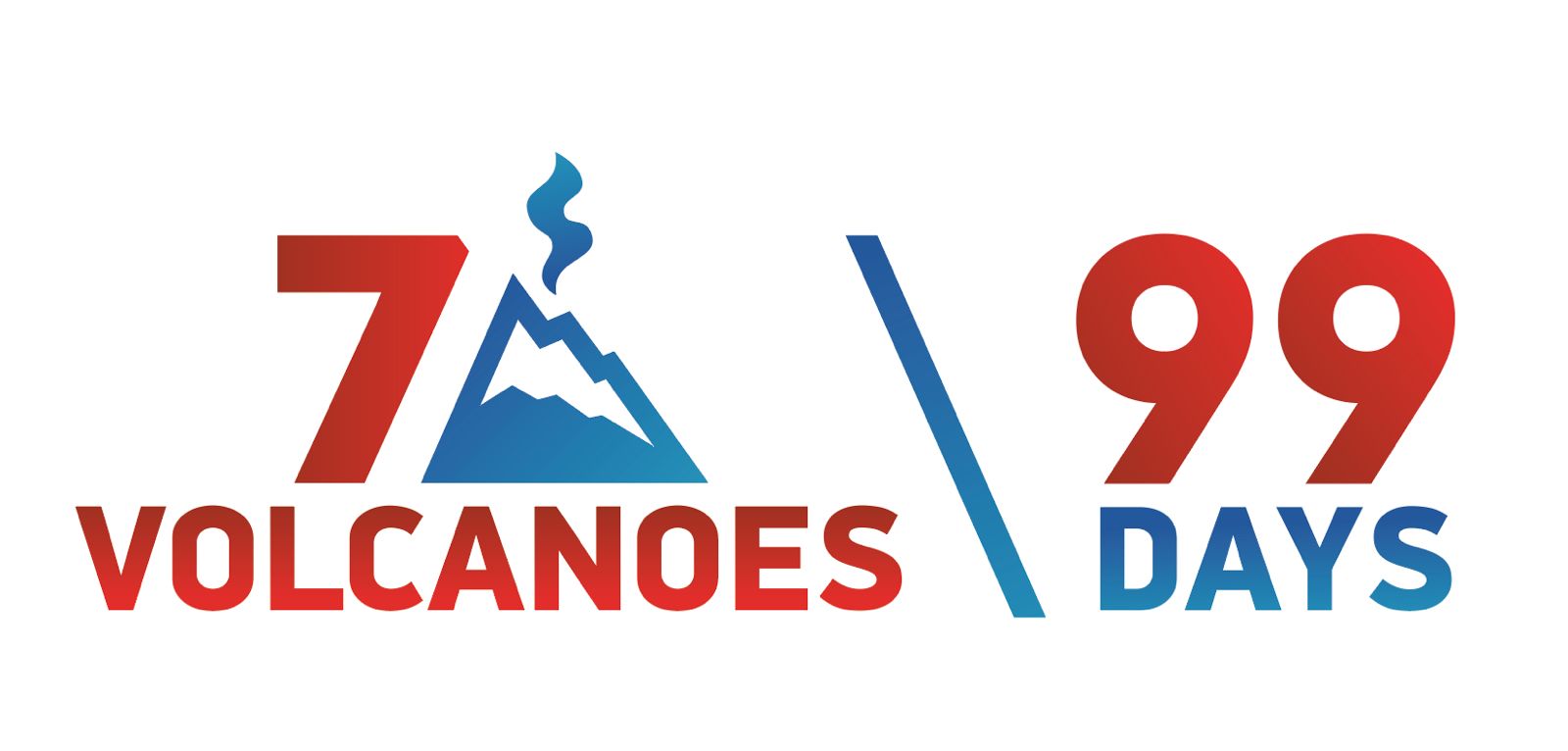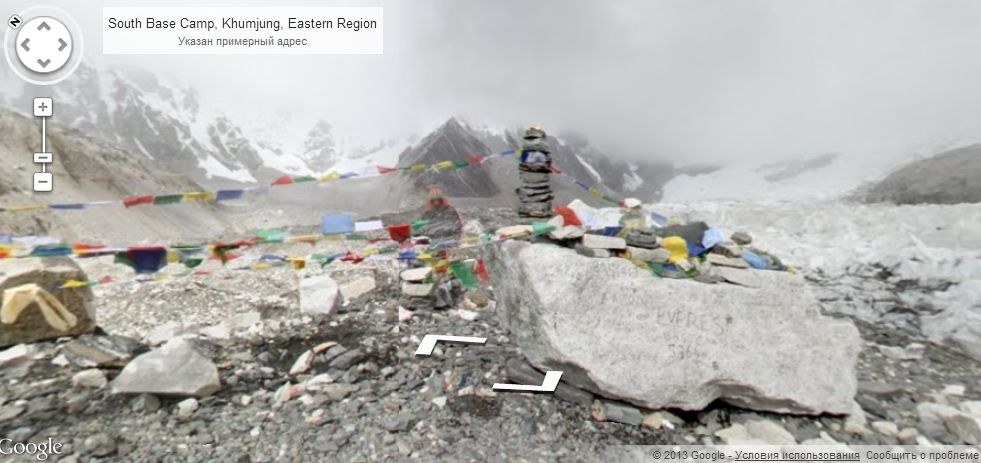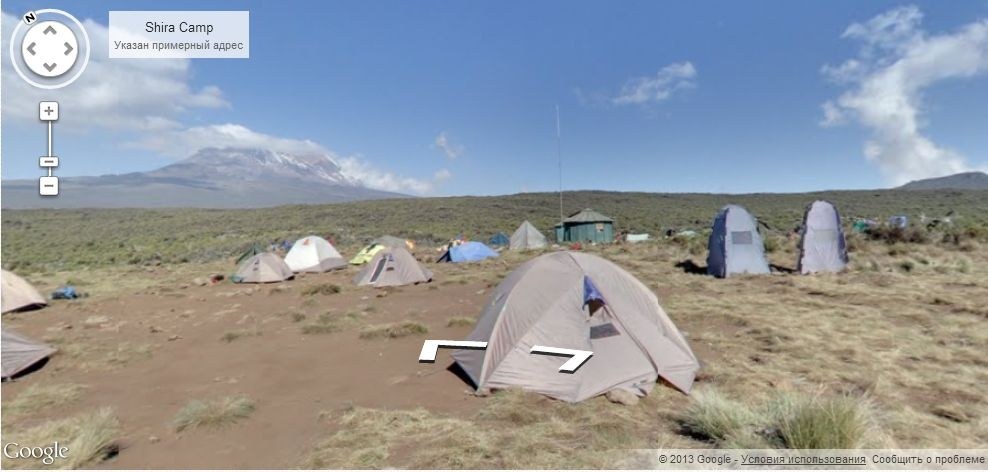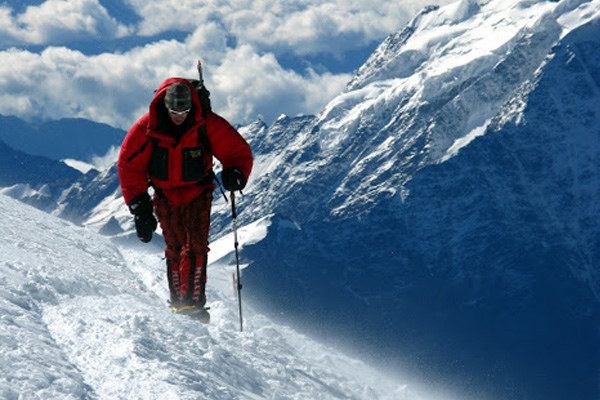7 Summits from Google Maps
Google has been doing a lot to make Google Maps more about exploring the world, including places few will ever be able to see with their own eyes. Today, the company announced that it has added more locations to Maps, including Street View-style access to some of the highest peaks in the world.
Via the official Google Blog, the company revealed the introduction of new Street View features for some of Earth’s most celebrated mountains, including Everest, Mount Elbrus, Aconcagua and Kilimanjaro. They belong to the famous Seven Summits, an elite collection of the highest mountains on each continent. You don’t even have to acclimatize to high altitudes to check out these locations on Google Maps.
There’s a lot of detail in the virtual tours you can take of these peaks, including images of base camps set up by actual explorers. Google set out with a fisheye lens and lightweight tripod to capture the images, and will be detailing the whole expedition in a Google+ Hangout which is set to kick off at 10 AM PT today.
Google has been doing a lot to build out some amazing views of the more remote corners of the world, including its recent introduction of Street View tours of the Grand Canyon, Antarctica and other far-flung locations. Google’s remote tourism is actually an incredibly cool way to attract eyeballs to the Maps product, while helping the company build out an even more comprehensive database than it already has.
---
Aconcagua. Summit
Everest. Base camp
Kilimanjaro. Shira camp
http://maps.google.com/intl/en/help/maps/streetview/gallery/the-worlds-highest-peaks/shira-camp.html
Elbrus. Barrels Refufe
http://maps.google.com/intl/en/help/maps/streetview/gallery/the-worlds-highest-peaks/shira-camp.html
Your day job, not to mention fitness level, will probably keep you from ever ascending the mightiest peaks on Earth. Don’t worry. Google’s done the hard work for you and released the stunning panoramic images needed to make you feel like you’re on top of the world.
Google, which seems determined to map every square inch of the planet, on Monday released Street View images from four of the seven tallest mountains on earth. One lucky engineer, who happens to be a passionate mountaineer, led the Google Mountain Enthusiast team during a project that was strictly a labor of love for all involved.
“There’s a social benefit to using these tools to tell the story in these environments. A chance to really connect to whats on the ground with a rich imagery so they can see what it looks like and feels like to be there,” says Dan Fredinburg, who is a technical program manager for security and privacy when he isn’t scaling summits.
Fredinburg’s teams — which included four to seven people, depending upon the trip — used a lightweight tripod and digital camera with a fisheye lens to visually map Aconcagua in Argentina (22,841 feet), Mount Kilimanjaro in Tanzania (19,341 Feet), Mount Elbrus in Russia (18,510 feet) and Everest South Base Camp in Nepal (17,598 feet). It’s the same setup the Street View team uses for the Business Photos program. They opted to use that rig instead of the 40-pound, 75-megapixel Google Trekker backpack.
“When you’re going expeditions in the alpine style environment, every gram, every ounce, every pound counts,” Fredinburg says.
Fredinburg says Google has been very receptive and supportive of his blending together work and play. Beyond slaking his thirst for adventure, the excursions — made over the course of 18 months — helped make Street View more accurate, vivid and useful for his fellow adventurers, as well as those happy to explore Earth from the comfort of home.
His passion for climbing almost got the better of him while climbing Everest. He really, really wanted to go all the way to the top, but the team arrived just before the summit window in October.
“It was only planned to go to the basecamp,” says Fredinburg. “I did try to convince my guides to take me further up. I was very excited when I got to basecamp.”
His enthusiasm led to an awkward conversation with the guides, who refused to take him any higher than base camp. He pressed the issue, and offered to pay them for their trouble. Still, they refused. It eventually dawned on him that perhaps it was too risky. So he asked about the odds of dying.
“Certain,” came the response. “100 percent.”
Dan Fredinburg on Elbrus









